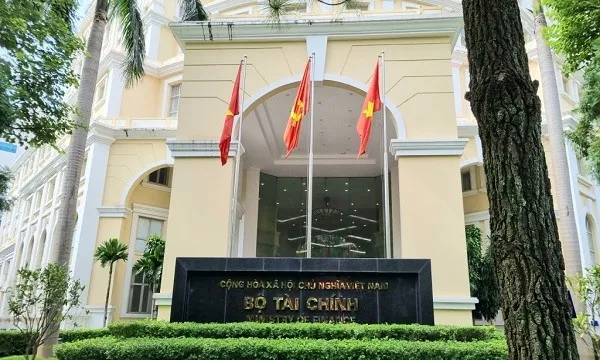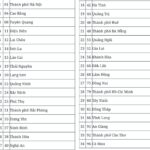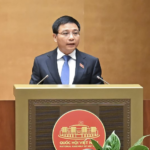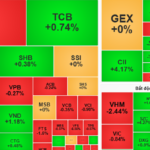In the draft Decree amending and supplementing a number of articles of Decree No. 29 defining the functions, tasks, powers, and organizational structure of the Ministry of Finance, the Ministry proposed to the Government to continue streamlining its apparatus.
The Ministry of Finance suggested merging the State Budget Department and the National Economic Synthesis Department into the Department of Economics and State Budget. As these two departments share similar functions and tasks related to balancing, allocating, and managing state budget and mobilizing financial-budgetary resources for socio-economic development, the merger is expected to enhance strategic advisory, avoid overlap, and streamline the apparatus.
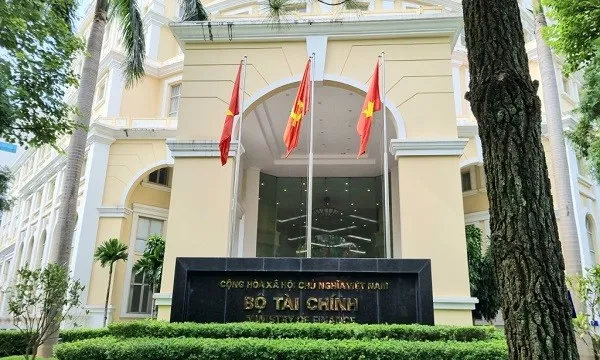
The Ministry of Finance will have 34 subordinate units after the reorganization.
Additionally, the Ministry proposed separating the functions of appraisal and investment supervision from the Investment Department to establish the Investment Supervision and Appraisal Department, reverting to its name before the merger of the Ministry of Finance and the Ministry of Planning and Investment. With 10 leaders, 12 room leaders, and a total staff of 94 people, the Investment Department is quite large.
According to the proposed plan, the Investment Supervision and Appraisal Department will have 25 civil servants, with personnel arranged from the current Investment Department or transferred from other units.
The remaining functions of the Investment Department will be streamlined and renamed the Infrastructure Development Department, with 56 civil servants. The expected organizational structure includes three professional rooms: Room for Financial Management of PPP and Programs; Room for Construction Infrastructure and Digital Transformation; and Room for Payment, Settlement, and Urban Infrastructure.
Furthermore, the Ministry of Finance proposed adding inspection tasks to the State Securities Commission.
After the cessation of the Inspection Department of the Ministry of Finance, the Ministry will establish a unit at the room level to advise on handling denunciations, complaints, anti-corruption, thrift practice against waste, and other tasks. One room under the Ministry Office and one room under the Legal Affairs Department will take on these tasks.
The Ministry of Finance also proposed separating the function of training civil servants and officials from the Academy of Policy and Development to establish the School of Training for Economic and Financial Officials, a public non-business unit under the Ministry. After the reorganization, the Academy of Policy and Development will be removed from the Decree’s regulations and will be managed by a separate decision of the Prime Minister.
Following the reorganization, the Ministry of Finance will have 34 subordinate units, including the Vietnam Social Security as a special unit. The number of units at the department, department, and equivalent levels remains unchanged, but there will be a reduction of 16 provincial and regional units compared to the current regulations.
A Fresh Proposal: The Fate of 350 District-Level Tax Teams from July 1st Onwards
The Ministry of Finance has proposed a restructuring of the tax administration system in light of the administrative unit merger. The plan includes reorganizing 20 regional tax offices into 34 provincial-level tax offices and transforming 350 district-level tax teams into tax organizations at the grassroots level, under the jurisdiction of provincial/municipal tax offices.
“Streamlining Administrative Codes: A Proposal for 34 Merged Provinces and Cities”
Introducing the dynamic trio of Vietnam’s metropolitan areas, each with their unique codes: Hanoi, with its sleek and sophisticated code of 01, sets the standard for the north. Moving down the coast, we have the enchanting Danang with code 48, a gateway to central Vietnam’s charm. And last but not least, the vibrant Ho Chi Minh City, coded as 79, pulses with energy in the south. These codes are more than just numbers; they represent the heartbeat of each city, reflecting their distinct character and allure.
Pouring $7 Billion into Ho Chi Minh City’s International Financial Center
The heart of Ho Chi Minh City’s International Financial Center is situated in the Thu Thiem New Urban Area, spanning 9.2 hectares. This area will be home to the offices of management, supervisory, and judicial bodies in its initial phase, with estimated investment costs totaling VND 172,000 billion (equivalent to USD 7 billion).

























